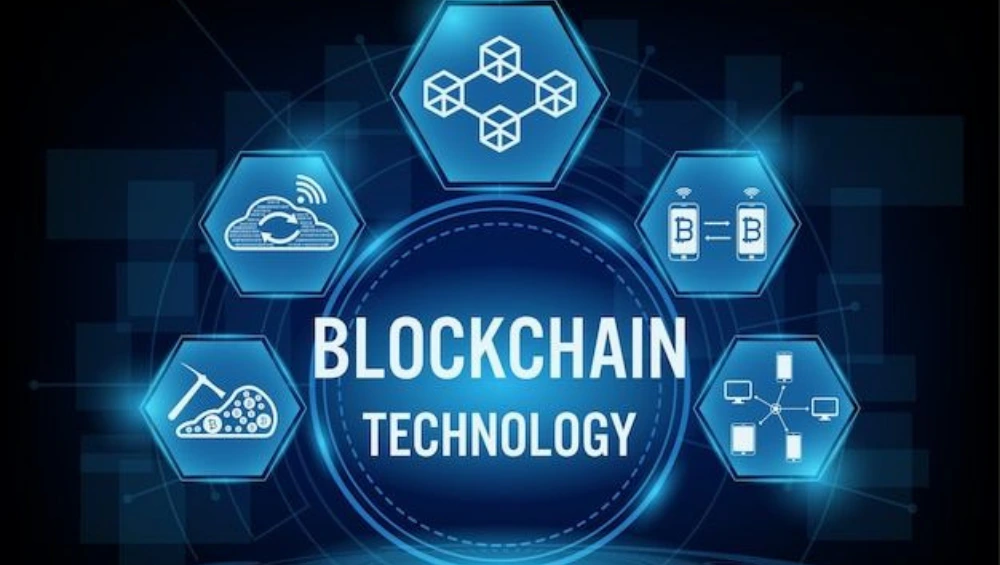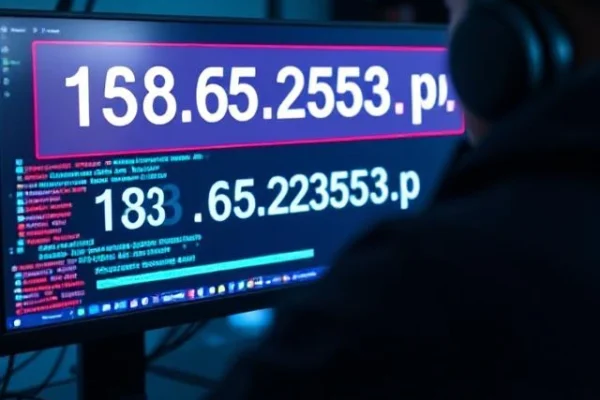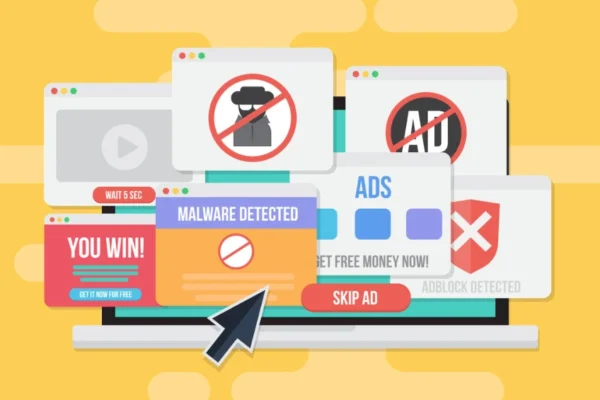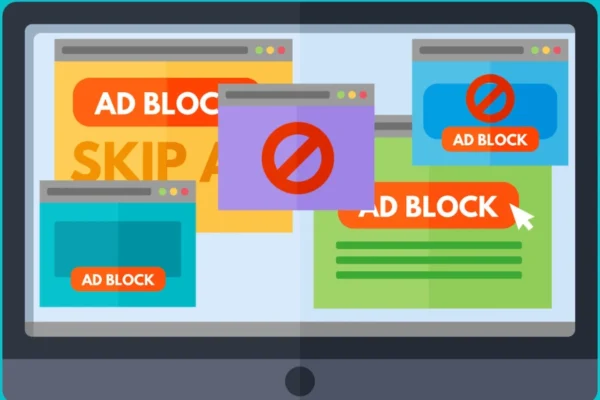In today’s rapidly evolving digital landscape, blockchain technology—often referred to in its two-word form block chain—is more than just buzzwords. With origins in cryptocurrency like Bitcoin, blockchain technology has expanded far beyond finance, offering decentralized, transparent, and secure systems across industries. This article explores how the block chain is revolutionizing the way we exchange value, share data, and coordinate trust online. From its foundational concepts to real-world applications and future potential, we’ll demystify blockchain technology and explain why the block chain is reshaping our digital world.
What Is Blockchain?
Blockchain is a decentralized digital ledger that records transactions across multiple computers. Each record is stored in a “block,” and these blocks are linked together in a chronological chain—hence the name block chain. This system ensures that once data is entered, it cannot be changed without the consensus of the network, providing a secure and tamper-resistant environment.
What sets blockchain technology apart is its ability to eliminate the need for centralized intermediaries. Instead of relying on a single entity (like a bank or a government) to verify and process data, a blockchain network does it through distributed consensus mechanisms. This feature enables greater transparency, enhanced security, and significant cost savings.
There are different types of blockchains, including:
-
Public blockchains, like Bitcoin and Ethereum, which are open to anyone.
-
Private blockchains, restricted to authorized participants.
-
Consortium blockchains, controlled by a group of organizations.
Each type serves different use cases, but the core principles of immutability, decentralization, and transparency remain consistent across all forms of blockchain technology.
Decentralization and Trust
Unlike centralized databases, blockchain technology distributes data across a peer-to-peer network. In a block chain, every participating node stores a copy of the ledger, validating changes through consensus mechanisms like Proof of Work or Proof of Stake. This decentralization ensures transparency and reduces single points of failure.
Consensus Mechanisms
-
Proof of Work (PoW): Nodes solve cryptographic puzzles to add blocks. Though secure, PoW can be energy-intensive.
-
Proof of Stake (PoS): Validators stake cryptocurrency to propose blocks. PoS enables scalability with lower energy consumption.
-
Variants like Delegated Proof of Stake (DPoS) and Practical Byzantine Fault Tolerance (PBFT) also enhance performance in blockchain technology implementations.
Key Features of the Block Chain
-
Immutability: Once data is appended, it cannot be altered retroactively without consensus, securing the chain against fraud.
-
Transparency: Public block chain networks allow anyone to verify transactions; private or permissioned chains retain transparency within authorized participants.
-
Security: Cryptographic hashing and decentralized structure make blockchain technology resilient to manipulation.
-
Smart Contracts: Self-executing agreements stored on the block chain, they autonomously enforce terms when conditions are met.
-
Tokenization: Physical or digital assets—such as real estate, stocks, and intellectual property—can be represented as tokens on a block chain, enabling fractional ownership and digital trading.
How Blockchain Technology Is Transforming Industries
Finance and Payments
Blockchain technology first gained mainstream attention through Bitcoin, a digital currency. Today, blockchains power stablecoins, decentralized finance (DeFi), and cross-border payment networks. The block chain enables near-instant transfers with low fees and high security.
Supply Chain Management
By recording every step—from production to delivery—on a block chain, companies ensure traceability and accountability. Food recalls, provenance tracking, and counterfeit prevention all benefit from blockchain technology’s immutable record-keeping.
Healthcare
Blockchain technology holds promise for managing sensitive health records. A block chain can grant patients secure access while enabling authorized providers to audit changes. This fosters data privacy, consent management, and interoperability across systems.
Digital Identity
Decentralized identity on a block chain empowers users to control personal data. Self-sovereign identity frameworks reduce identity fraud, aid compliance, and give individuals autonomy over their information.
Real Estate and Property Rights
Smart contracts on the block chain streamline property transactions by automating escrow, title registration, and deed transfers. Tokenization further enables fractional real estate investment through blockchain-based assets.
Voting and Governance
Blockchain-based voting systems aim to deliver secure, transparent elections. Every vote recorded immutably on a block chain can enhance trust, reduce fraud, and enable direct democracy mechanisms.
Intellectual Property and Royalties
Creators can register works on a block chain, timestamping and proving ownership. Algorithms embedded via smart contracts automatically distribute royalties when usage conditions are met, ensuring transparency and efficiency.
Challenges and Limitations
Despite its benefits, blockchain technology faces several challenges:
-
Scalability: Popular blockchains can process only tens to hundreds of transactions per second, though solutions like sharding and Layer 2 are emerging.
-
Energy Consumption: Proof of Work systems demand high energy—an environmental concern that new consensus models aim to address.
-
Regulatory Uncertainty: Jurisdictions worldwide struggle to classify tokens, smart contracts, and data privacy on a block chain.
-
Interoperability: Many blockchains operate in silos. Projects like Polkadot and Cosmos aim to bridge this gap.
-
Adoption Barriers: Complex interfaces and a steep learning curve require user-friendly tools and education for mass uptake.
Real-World Use Cases
IBM Food Trust
Major retailers use blockchain technology to trace food in real-time. The block chain helps identify contamination sources quickly, protecting consumer safety.
Ethereum and Smart Contracts
Ethereum’s block chain introduced Turing-complete smart contracts, spawning thousands of decentralized applications in finance, gaming, and supply chain.
CBDCs and Central Bank Digital Currencies
Several countries are piloting digital sovereign currencies using blockchain technology. Though permissioned, these block chains offer programmability and monetary efficiency.
NFTs (Non-Fungible Tokens)
NFTs, based on blockchain technology, allow ownership of unique digital art, music, and collectibles. This novel asset class empowers artists through immutable provenance and royalty-enforcing smart contracts.
The Future of Blockchain Technology
Web3 and Decentralization
Blockchain technology forms the bedrock of Web3—the decentralized internet. Users can own data, govern organizations (DAOs), and monetize content via a trustless block chain architecture.
Interlinked Blockchains
Future ecosystems will feature interoperable blockchains, sharing data and value seamlessly across block chain networks.
Enhanced Privacy
Advances in zero-knowledge proofs, ring signatures, and secure enclaves will make blockchain technology both transparent and private.
Tokenized Real-World Assets
We’ll see greater adoption in real estate, precious metals, and commodities through tokenization on blockchain technology, democratizing investment.
Regulatory Clarity
As governments create legal frameworks around blockchain, innovation will scale while protecting consumers and ensuring compliance.
Getting Started with Blockchain Technology
Interested in exploring blockchain technology yourself? Here’s how to begin:
-
Educational Platforms: Websites like Coursera and edX offer courses in blockchain fundamentals.
-
Try a Wallet: Create a Web3 wallet (e.g., MetaMask) and explore testnet faucets.
-
Read Whitepapers: Analyze technical documentation from projects like Bitcoin, Ethereum, Solana.
-
Join Communities: Engage on forums like Ethereum StackExchange and r/cryptocurrency for real-world advice.
-
Build Smart Contracts: Experiment with Solidity or Rust for smart contract development.
Conclusion
In conclusion, blockchain technology—or block chain—is more than a tech trend; it is revolutionizing how we handle trust, ownership, and transactions in the digital era. From financial services to supply chains, healthcare to governance, the block chain offers transparency, security, and efficiency previously unachievable through legacy systems. While challenges remain—scalability, regulation, and usability—ongoing innovation promises a future in which blockchain technology underpins global infrastructure and transforms daily life.
As entrepreneurs, consumers, and citizens, understanding the block chain empowers us to navigate and shape a decentralizing digital world with awareness and agency.








